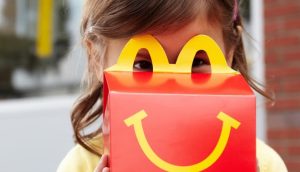For radio advertising, the second quarter of 2008 is a good news story, according to the latest findings by Canadian Broadcast Sales, which were released yesterday.
The Toronto-based organization predicts that, following an increase of 8.8% in national radio sales in Q2, a lift of approximately 8% will continue for the rest of the year, ‘assuming the Canadian economy remains healthy,’ says CBS president Patrick Grierson. ‘We’re seeing good growth geographically, especially in the West.’
The national retail category continues to lead all sectors in Q2, capturing one of every five dollars spent on radio. Grierson calls that ‘a strong endorsement of the local nature of the medium, its unique relationship with its listeners and, most importantly, its results.’ Telecommunications have increased to 12.4% of total spend, with restaurants at 7.9%, automotive at 7.1% and financial services at 6.8%.
‘Radio’s resilience is a major factor in its strong performance,’ Grierson notes. ‘Typically, in any given quarter, over 35% of revenues do not repeat year over year. In Q2, 36.9% of last year’s business did not repeat. However, we replaced all of that revenue plus [gained] an additional 8.8%.
Since 2003, CBS says 20 of the past 22 quarters have produced positive results which underscore radio’s vibrancy, flexibility and attractiveness as a reach medium.
Geographical results for Q2 are as follows: Alberta stations have had an increase in spending of 12.6%; Atlantic Canada 9.7%; Manitoba 12.1%; Saskatchewan 9.6%; BC 6.2% and Ontario 3.7%.
The quarter produced a significant shift in advertising spending in requested demos, with females up 19.8% while spending against males declined 43%. In the male category, beverage alcohol was down year over year, while the female demo benefited from increased spending in packaged goods as well as from grocery and pharmaceutical retailers.






















